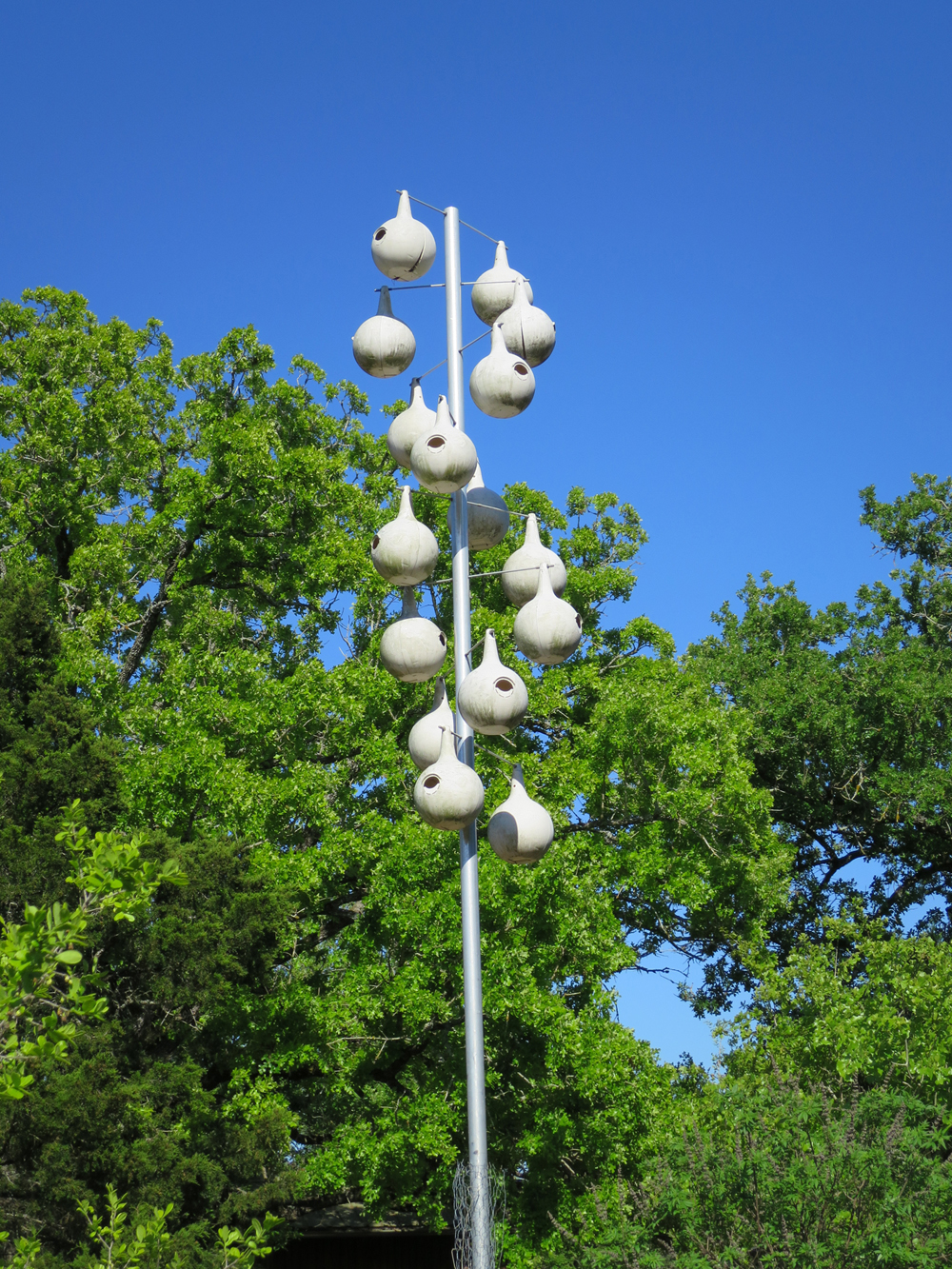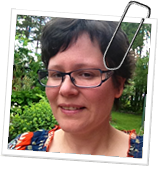
Animal history at ASEH 2016
Last week I was at the American Society for Environmental History (ASEH) meeting in Seattle, Washington. I took part in two sessions on animal history that I wanted to reflect on here.
The first was a roundtable “Animal History: Opportunities, Problems, Controversies, Politics”. The session was put together by Susan Nance (University of Guelph) to highlight some of the approaches and questions brought out in her edited volume The Historical Animal (Syracuse University Press, 2015). The panelists had all contributed to the volume: Susan who wrote the introduction; Zeb Tortorici (New York University) who reflected on animal bodies in Mexican archival sources; an interdisciplinary team of Charles Gunnels IV and Nicola Foote (Florida Gulf Coast University) who looked at early contact accounts of animals and humans on the Galapagos Islands; and myself. My piece in the volume “Migrant muskox and the naturalization of national identity in Scandinavia” had challenged conventional scientific analysis of animal translocation by seeing the muskoxen using analytical frames applied to human migration.
But instead of recounting my article’s findings, I instead offered two questions that historians working on animals need to engage with:
1. Who belongs?
2. What is natural?
Under the “Who belongs” question, I brought up cases I have discussed often: European beaver, muskox, beaver beetle, and passenger pigeon. Thinking about their histories—why people have wanted (or not wanted) them in certain areas, how the animals gain ‘national’ identities, and why people have worked hard to return them to particular areas—is insightful for understanding the human-animal relationship.

For the “What is natural” question, I asked the audience to consider human-made technology as part of the animal’s world. I used the examples of the fish living around artificial reefs created by offshore oil platforms, purple martins who nest exclusively in human-made birdhouses, and the colony of 1.5 million Mexican free-tailed bats who live the summers under a bridge in the middle of Austin, Texas. In each of these cases, the animals utilize a human-constructed artifact as a natural part of their environment. I have an article “Artifacts and Habitats” forthcoming in the Routledge Companion to the Environmental Humanities in which I expand on this theme.
These two questions—Who belongs? What is natural?—need investigation by scholars because they fundamentally affect the relationship we have with the non-human. As environmental historians, we should go about answering those big questions by examining them with a particular (and much needed!) historical lens: Why have particular people answered these questions in particular ways at particular moments in time? How does that history affect human-animal relations in the present and future?
In the second animal history session, “Life and Death in the Public Eye: Animal Bodies, Environmental Culture, and Regional Identities,” I served as the chair. The audience was treated to papers on the first famous rodeo bucking horse, Steamboat, and his unsightly end as a carcass in a city dump (Susan Nance); the spectacle of the Penn Cove Roundup of orcas that brought about a ban on live orca capture (Jason Colby); and a failed caribou reintroduction in Maine (Ian Jesse).

Jesse’s paper resonated closely with my own work. The people in his story had decided in the 1980s to reintroduce caribou (reindeer) to Maine. They looked to history as the reason for the reintroduction—caribou had been present there in the 19th century—and offered few other motivations for the action, except as after thoughts. This is remarkably similar to the beaver case which seems to have been billed simply as a return of something missing. And like the muskoxen in Norway which have been plagued by diseases carried by sheep, the reindeer released in Maine quickly succumbed to a brain worm present in deer. Throughout Jesse’s presentation I thought about my question of “Who belongs?” That is in fact what was being contended by the actors in his story, both the humans and the animals.
I also had the chance to talk with a series editor and publisher about my monograph in progress for this project. The book will cover species reintroduction, rewilding, and resurrection, which have been the central themes of the project and this blog. I have high hopes that I’ll have good news to share about that later this year.





One Comment
Pingback: